Intermittent fasting is a great way to lose weight and stay healthy, but it isn’t always easy to stick to it. You might find it hard to stick to your fast, especially in the first few weeks while your body adjusts. Maybe you’re constantly thinking about food, or you can’t seem to fit your workouts properly in your new eating schedule. Does this sound familiar? Then this article will certainly help you. Here are 10 ways to make intermittent fasting easier.
1. Stay hydrated
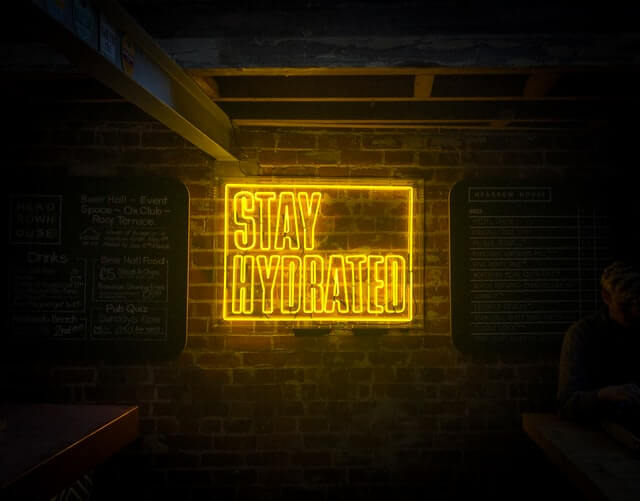
Did you know that people often confuse thirst with hunger? That’s why many diets recommend drinking a glass of water when you are having crazy food cravings. Studies have proven that being well hydrated can contribute to eating fewer calories throughout the day. Sure, this technique can be taken to the extreme and lead to undereating. But if you know there’s no reason to be hungry at a certain time, say you’ve eaten only a couple of hours ago, your craving could be thirst!
On top of that, being hydrated contributes to having more stable blood sugar. And if you struggle with craving before going to bed or at night, drinking 8 ounces of water may be the solution, according to a study conducted at the University of Washington.
If your troubles start in the morning and you have a hard time sticking to your fasting window before your first meal of the day, water will be very helpful. For instance, start your day with a large glass of room-temperature or slightly warm water with lemon. Even though you may not feel it, in the morning you’re dehydrated, so starting the day with a glass of water is essential.
So, how much water should you drink? Experts say you should aim to drink half of your body weight in ounces. So if you weight 160 pounds, you should aim for 80 ounces of water.
2. Green tea

Since we are on the topic of drinks, we couldn’t possibly skip talking about green tea. On top of its proven fat-burning properties, green tea can help curb appetite by increasing a hormone called cholecystokinin, which tells your brain you’re satisfied.
A similar effect may be obtained through coffee. The problem with coffee is that you may want to limit your intake to 1-2 cups a day or you’d be at risk of putting too much stress on your body. Green tea contains theanine, it’s true, but its effects aren’t as strong as those of caffeine, so you can drink more cups without worrying about feeling agitated, jittery, or suffering from insomnia later that day.
3. Schedule and prepare your meals so that you don’t constantly think about food
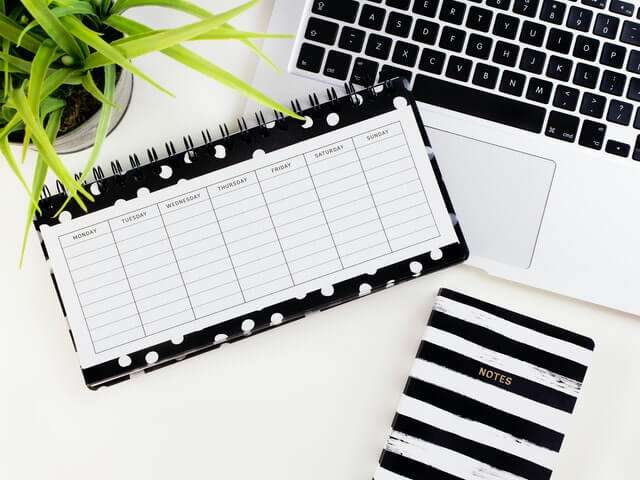
Your mind has more power over you than you may think. That’s why, if you’re constantly thinking about food, fasting will be a lot harder and you will quickly start feeling very hungry.
While this may be a common problem when you first start intermittent fasting, poor meal planning can contribute to it. If you don’t know what you’ll eat when you break your fast, or if you, for instance, rely on going to a new restaurant and are unsure what you’ll choose from the menu, thoughts about food will fill your mind quickly.
Here’s where planning and preparing your meals ahead of time comes into play. If you decide and even cook your food at least 1-2 days ahead, you automatically take the question “what am I going to have today for lunch/dinner?” out of the equation. Ideally, you should try and choose one day of the week and make that your meal prepping day. Carefully plan all your meals, cook, and freeze in containers so that each day you take out exactly the portions you need.
If you find you’re still dreaming about the moment you’ll be eating, try keeping your mind busy. Water and green tea can help curb your appetite, but if that doesn’t work, working out or simply focusing on other tasks could help.
Finally, if your constant thoughts about food are also accompanied by extreme hunger or hypoglycemia symptoms, you may need to look at your overall diet. It is possible the foods you’re eating aren’t filling enough or you may simply be eating too little throughout the day.
4. Workout during your fasting window
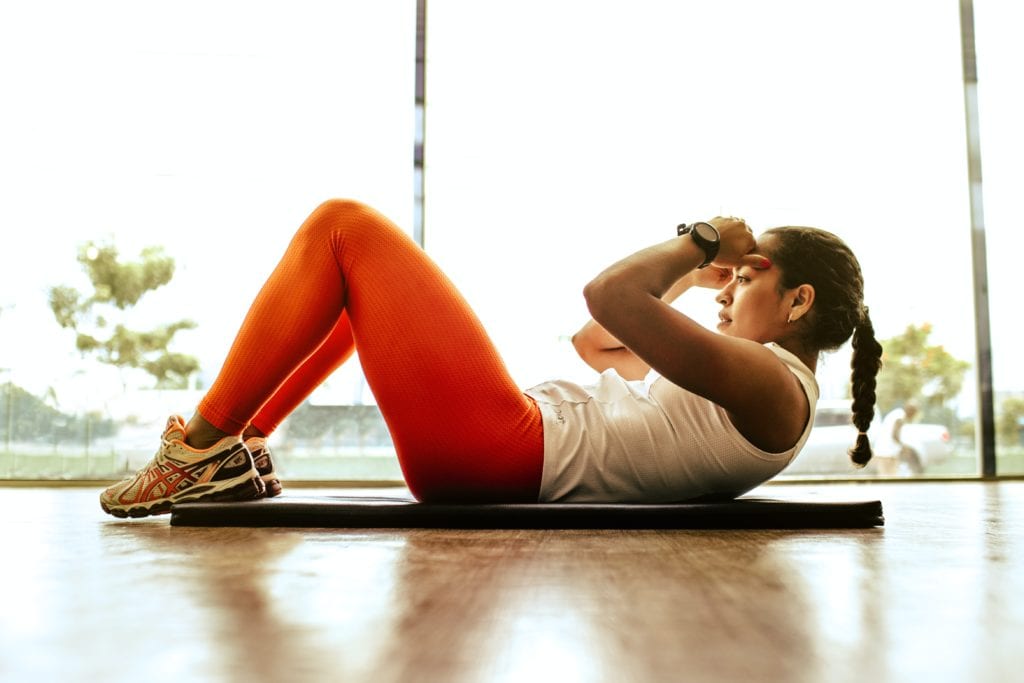
Working out in a fasting state can help you burn fat quicker. It can also be helpful if you tend to constantly think about food or if you are surrounded by people who seem to be constantly snacking. Move your normal lunch or afternoon break to your fasting window and get a good workout in.
Cardio is considered the best to do in a fasted state, but some love to do their strength training as well.
Make sure you time your workout properly. If you start eating at noon, for instance, you may not want to work out at 6 a.m. Working out will deplete nutrients from your body and you risk finding it very hard to wait so many hours before you finally eat.
For the best results overall, you should try to schedule your workout so that you can eat 30-60 minutes afterward. This is especially true for those who are trying to build muscle and do strength training. In this case, you need to fuel your muscles immediately post-workout. And since even a protein shake is considered breaking your fast, you need to schedule your workout properly.
And since we previously touched on scheduling meals, this also comes into play here. For instance, on days you do high-intensity interval training (HIIT), you’ll need to eat more carbs, whereas, on days when you do a simple strength training workout, you’ll need fewer carbs but more protein. In short, make sure you take into consideration your workouts when preparing your meals. That will not only help you reach your goals quicker but it will also make fasting a lot easier.
5. Include yoga and meditation in your daily activities
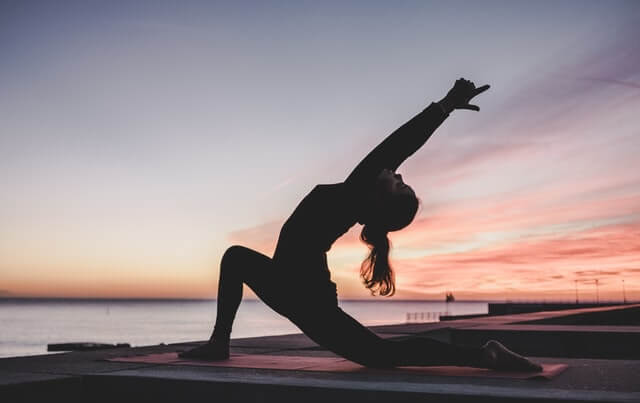
Cardio and strength training are great ways to get in shape and stay healthy. But you shouldn’t overlook yoga, meditation, and mindfulness.
Yoga, for instance, can be a fantastic workout if practiced at the right intensity. However, when it comes to ways to make intermittent fasting easier, yoga can contribute differently. Using it as a gentle form of exercise during your fasting window, along with meditation, can help in those moments when you feel you can’t get your mind off of food.
Unlike more strenuous activities like cardio and strength training, gentle yoga stretches can be done at any time during your fasting window as they don’t risk to lower your blood sugar to dangerous levels. However, if you decide to increase the level and do something more vigorous, you should schedule it closer to your eating window.
Meditation and mindfulness exercises are something you can do at any time during your fast. Whether you combine them with yoga, or you do them separately, they can help you feel more relaxed. If you are the type that used to go for snacks any time some stressor came up at work or in life, you should try replacing those with a short meditation. It will calm your nerves and it won’t make you break your fast!
6. Choose filling foods
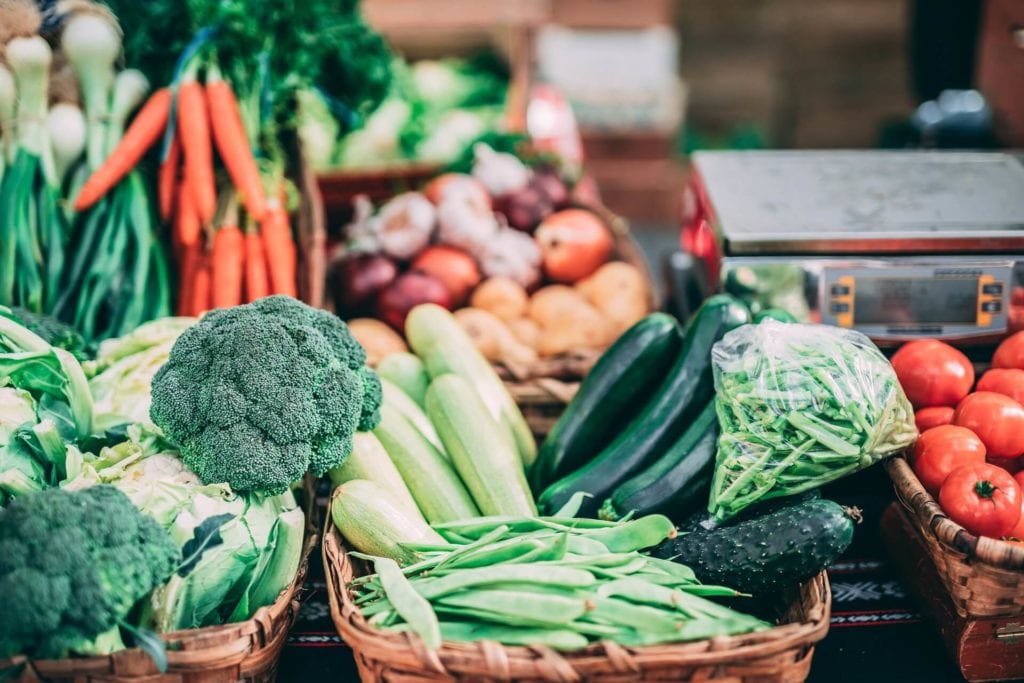
One of the major downsides of intermittent fasting is that it doesn’t come with any food recommendations. You simply know when you have to eat and when you should stop, and you’re on your own with regards to what exactly you eat. Some will wrongly suggest you can eat anything you like and as much as you’d like because as long as you don’t break the fast, you should still feel all the benefits of this diet.
But this is so wrong. Unhealthy foods will have the same negative impact on your body whether you fast or not. You might be able to gain some benefits from fasting, but you’ll quickly override them if you keep eating junk food. Not only that, but you’ll be making intermittent fasting very difficult for you.
Foods that are high in sugar have a negative impact on your blood sugar, causing quick spikes followed by just as quick drops. As a result, you start craving more unhealthy foods and you end up on an unhealthy blood-sugar rollercoaster. And if you haven’t guessed it by now, this rollercoaster makes you feel constantly hungry, constantly craving sugar. If you try to fast under these conditions, you may even find yourself dizzy, shacking. In other words, you may start experiencing hypoglycemia symptoms.
The solution? Choosing filling foods, high in protein and healthy fats. They’ll help keep your blood sugar stable, you’ll feel full longer, and experience fewer cravings. The result will be you’ll find it a lot easier to stick to your fasting window without constant cravings or thoughts about food. I actually wrote an article about the best foods to eat after fasting. Make sure to check it out.
7. Branch-chained amino acids (BCAA)
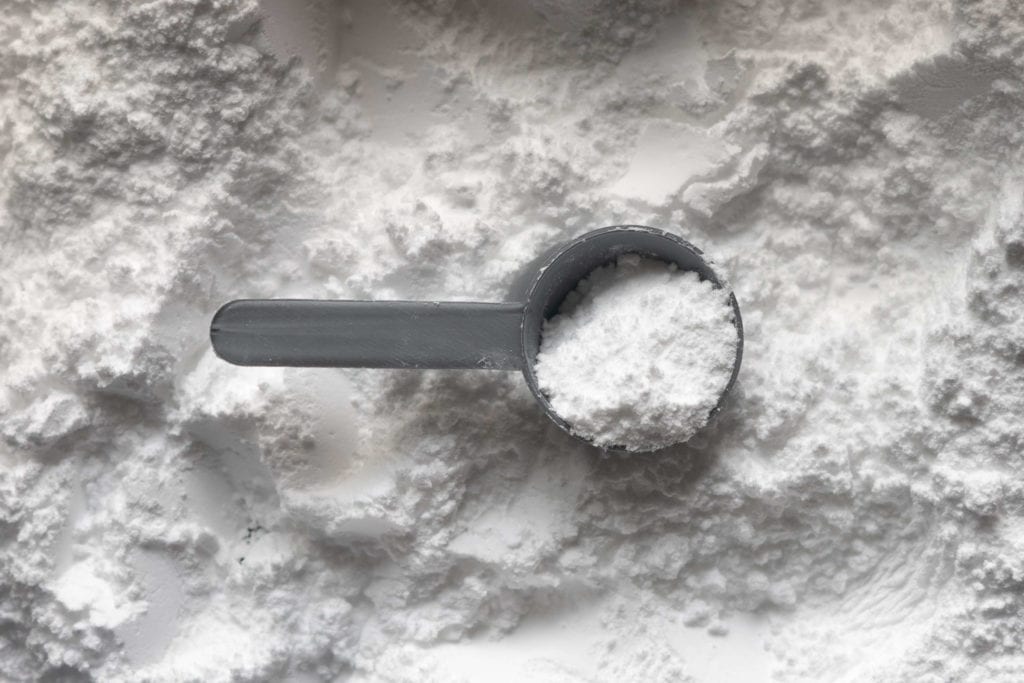
BCAAs are something that’s usually assimilated with strength training, specifically trying to build muscle. And indeed, they are fantastic if you’re in that category. However, they can also make intermittent fasting much easier. They regulate your energy and control hunger. It has also been proven that BCAAs help to reduce stress and curb cravings, especially those that arise in stressful situations.
BCAAs also help reduce fatigue, especially the one associated with exercise. Again, that will help control your post-workout cravings and it will also help you recover quicker after your workout.
Some consider BCAAs supplements break the fast, as they can trigger an insulin response, so if you’re worried, simply take them during your eating window. They will still have the same overall effect of giving you more energy and help you manage your cravings better.
In case you might be buying BCAAs: I wrote an article about the best BCAAs available. All of them are calorie-free and can be used in your fasting window.
8. Cut down late-night eating
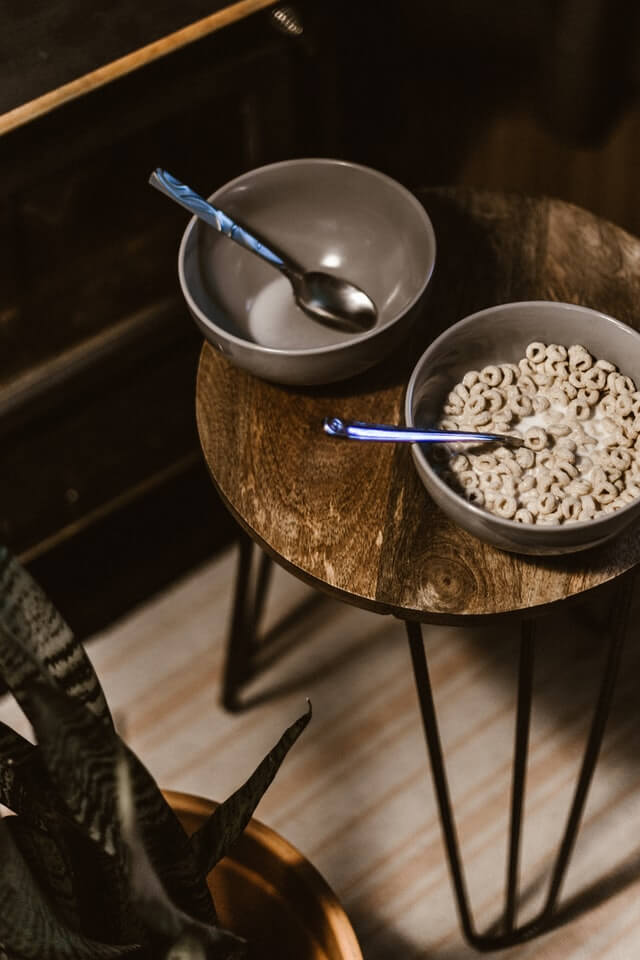
Depending on how you schedule your fasting window, you may find yourself eating late at night. If you find yourself struggling with cravings, battling insomnia, or having generally restless sleep, you may want to stop eating earlier.
Eating late at night may disturb your circadian rhythm because your blood flow is directed at your stomach to help you digest. That results in poor sleep, which in turn results in more cravings during the day, especially in the morning, when you should be fasting.
If you don’t think you can give up your evening meal, there might be some hope still. There are some studies that suggest the most important role in disrupting your circadian rhythm is played by the quantity of food you eat. In other words, it might be ok to eat a small snack late in the evening, just not a full meal.
9. Medium-chain triglycerides
Medium-chain triglycerides, in short, MCTs, are allowed by most forms of intermittent fasting. That’s because your body instantly turns them into energy instead of storing them for fat.
The simplest way to use them is by adding MCT oil to your coffee for instance. Studies also suggest MCTs increase the metabolic rate, helping you burn more fat throughout the day, so they’re perfect if you’re trying to lose weight.
10. Include more fiber in your diet
Finally, fiber is essential if you want to feel full longer. Getting fiber supplements in your fasting window may count as breaking your fast, but, like for BCAAs and MCTs, the opinions are split.
Many say that as long as the supplement you take doesn’t contain sugars or other ingredients that count as calories or that trigger an insulin response, you’re safe. Others feel that the fiber supplement by itself is enough to break your fast, regardless of other ingredients.
But fiber is more than just about supplements. Eating a diet rich in fiber will help you manage your cravings better, feel satiated longer, have great digestion, and stable blood sugar. In other words, fiber is clearly one of the ways to make intermittent fasting easier.
To sum up
Intermittent fasting can be hard sometimes. Whether you’re in the first few weeks, waiting as your body adjusts to this new way of eating, or you’re someone with a very high appetite, you might find yourself truly hating the fasting period. However, there are a few simple ways to make intermittent fasting easier.
Eating a balanced, nutritious diet, staying hydrated, adding some green tea, or coffee, are some easy tricks to curb your appetite. Working out, yoga, and meditation will help take your mind off of food, and correct supplementation, when necessary, will maximize your results.
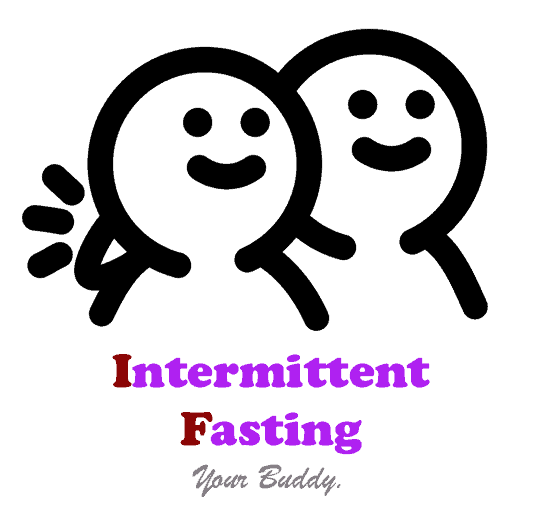
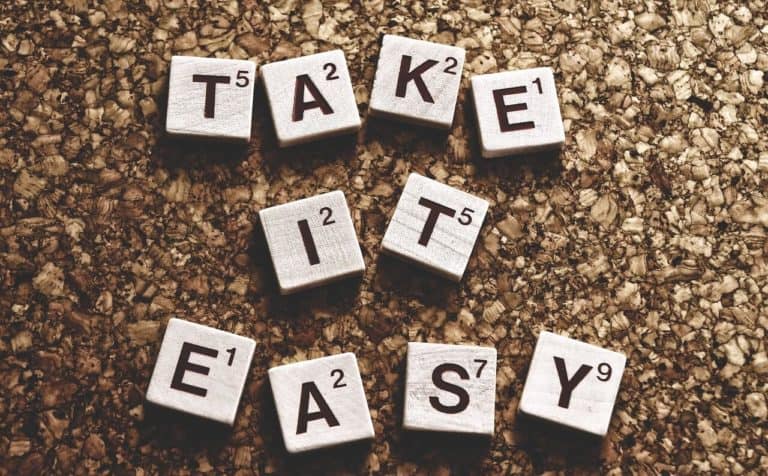
Drinking water activates the digestive system AND causes hunger. It makes fasting much HARDER. If it is fast of 24 hours or less, and I will be indoors without hot weather, I find it much easier to not drink, or to drink just once In the morning. This keeps the eating system off and less HUNGER. I make sure to hydrate well the night BEFORE.